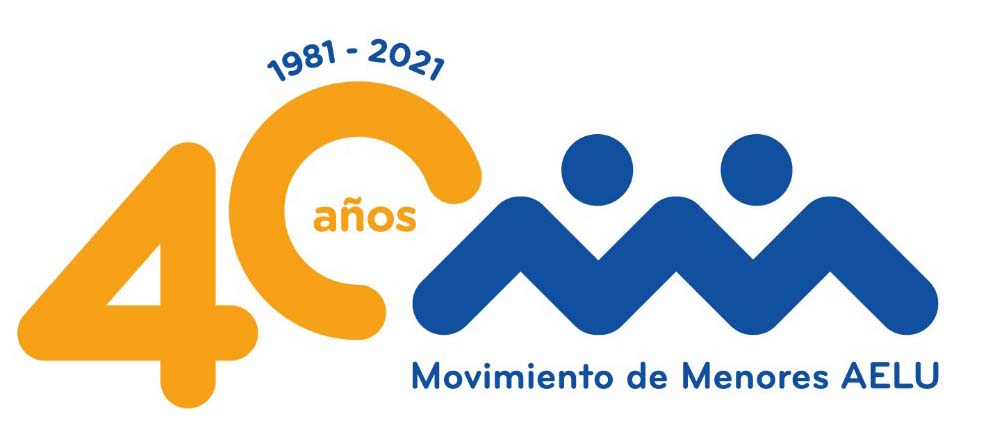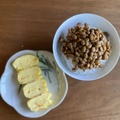The longer my father and I navigate the Inglewood Cemetery, the more comical it becomes.
“Turn here, no turn there, oh there it is!” No matter how many times we visit, that same frazzled exchange is always held. But, when we finally get to the top of the hill, the view makes our antics worthwhile.
It’s almost ironic to see the world from this height, buzzing with wondrous life while the departed rest peacefully above. At this altitude, it is only the horizon that blurs city life with the afterlife.
And in this very cemetery is where my family finally meets after almost a year-and-a-half of quarantine. The clouds shroud the gentle rays of sun, yet our faces are bright with joy as we slowly unpack the car’s contents for what is to come.

A convergence of the departed and the living, we join together to celebrate what would have been my grandmother’s 97th birthday with the relatives who have been buried alongside her.
Uncles sort the food, my cousin takes the photos, aunties clean the family headstones, and my father arranges the sweets platter. The ease with which everyone assumes their usual roles makes it difficult to believe that such a length of time has gone by.
Although somewhat unorthodox, we picnic in the cemetery and savor the laughter and conversation that has brewed well past due time. Talks of hypothetical vacations and quarantine hobbies arise and, before we know it, nothing is left on the paper plates but crumbs.
We pack away the remaining chicken and tuna sandwiches and the potato salad is tucked away into the cooler. Chairs make their way back into the car and blankets are gently folded up.
There is a horribly persistent wind, and our faces are stiff with cold — but we still make the walk over to one last plot.
Once again, the aunties clean the headstones and cut the flowers. Though, this time, I do not know who rests beneath one of the headstones. I know her name and some of her stories. But it is the inscribed date of death, March 27, 2002, that occupies my attention. After all, I was born only 70 days later.
My great-grandmother (or Bachan, as everyone in the family affectionately refers to her) had lived to be well over a hundred years old. A true matriarch, my father says, she pulled the familial strings and wove them together.
More than nineteen years after her passing, she still sticks to our conversations like glue. The tale of her homemade potholders and calendars, a lifelong lesson on how to properly use chopsticks, and stories of her brilliant birthday bashes all keep her memory alive.
I did not know Bachan — yet I see how the seeds she’s scattered still sprout. How the family still flocks together on New Year’s Day; how to make the tastiest inari. And how we sprint towards the future, even when times get rough.
I did, however, know my grandmother Mary.
Her fingers were often painted a rosy shade of mauve, and she would adorn herself with long, eclectic necklaces. Her fridge frequently housed six-packs of Hawaiian Sun, and The L.A. Times littered the vinyl tablecloth that protected the wooden dining table beneath.
Somehow, everyone always seemed to know her — she was mystifyingly charismatic.
But between her values of dressing well, living well, and talking well lies her most practiced lesson of all:
The importance of family.
My grandmother knew what family meant to her: it was making the rounds to hug everyone, good conversation, and sharing a nice meal together. Tables were designed to be covered with steaming plates of fresh food, and dessert was never optional.
Like her mother before her, I spot the saplings that have emerged from her crop. How we always insist that guests take home leftovers. How we take the grandchildren out for weekend trips. And how, above all, we try our very best to give it our everything.
In the age of “fast,” such beacons of longevity have dissipated — trends go fast, news comes even faster. All is done at the expense of quality.
It would be wrong of me to say that I was above all of this. My once-worn “fast fashion” staples sit quietly in landfills. My fingers frantically refresh my homepage in search of a drink from the fastest, flashiest news pool.
Yet, as the world chaotically whirls around me into a hurried conundrum, the steadfast beat of the ancestral drum keeps me grounded.
By design, some things are not meant to last. The chicken and tuna sandwiches will be eaten, the family headstones will be thick with grime once again, and the flowers will rot back into the soil.
Similarly, some things are meant to last. Stitched from her own hands, Bachan’s thirty-three-year-old calendar still sits in the home of my auntie and uncle. Grandma’s vinyl tablecloth was shed to reveal a beautiful mid-century modern table that now sits in my own dining room.
And among the material stands their still-strong investment in family. With firm values to match firm teachings, the makings of something that cannot be easily uprooted have withstood the test of time — five generations to be exact.
My great-grandmother and grandmother would have never lived to see my own theoretical grandchildren. In several decades’ time, their names would come and go like a swift summer’s breeze in the occasional conversation.
But, beyond their graves, I know that they would be so much more: a lesson on chopstick-holding, an insistence on dishing out leftovers, a reminder to give out your best loving.
As an anonymous Greek proverb says, “A society grows great when old men plant trees whose shade they know they shall never sit in.”
And it is then I realize that the seeds they’ve sown have bloomed beautifully — for you, me, and all the generations to come.
*This article was originally published in the Rafu Shimpo on May 11, 2021.
* * * * *
Our Editorial Committee selected this article as one of his favorite Nikkei Generations: Connecting Families & Communities stories in English. Here is their comment.
Comment by Christine Piper
Kyra Karatsu’s story “Oh, Bachan, How Your Garden Grows” is my pick of the English-language submissions this year. Karatsu takes the simple ritual of a family gathering as a starting point to explore notions such as the meaning of family, legacy, and customs—so important in immigrant communities. It ties to the “generations” theme well while also alluding to larger ideas. When does tradition trump modernity? What are the values we hold most dear? The evocative descriptions of setting and other literary qualities (e.g. use of metaphor) help to ground the narrative and create a pocket of stillness, so the act of reading it becomes an antidote to the ever-changing “fast” culture that surrounds us, and to which the author refers. Admirable for its depth and restraint, “Bachan” is a beautiful and uplifting story.
© 2021 Kyra Karatsu / Rafu Shimpo












